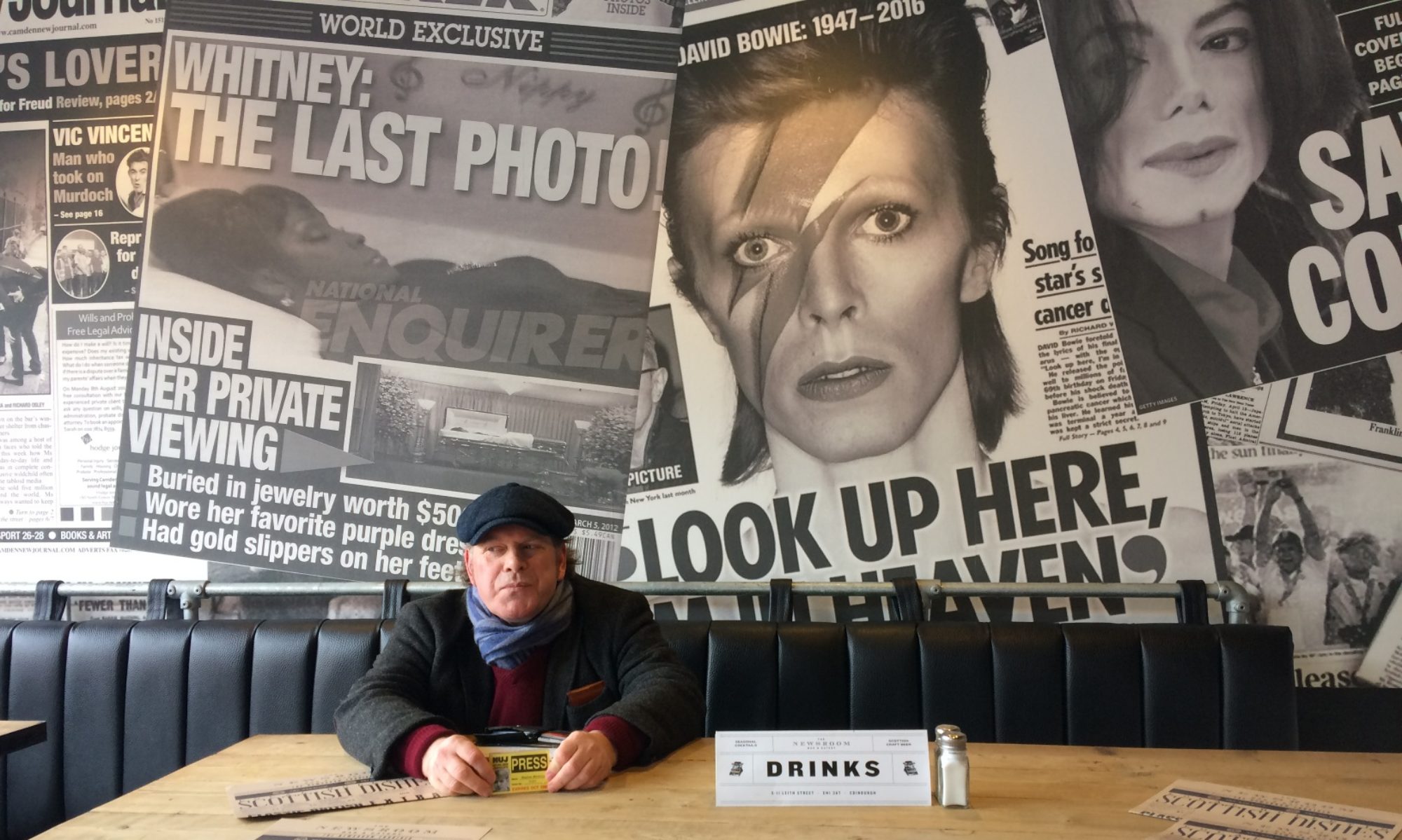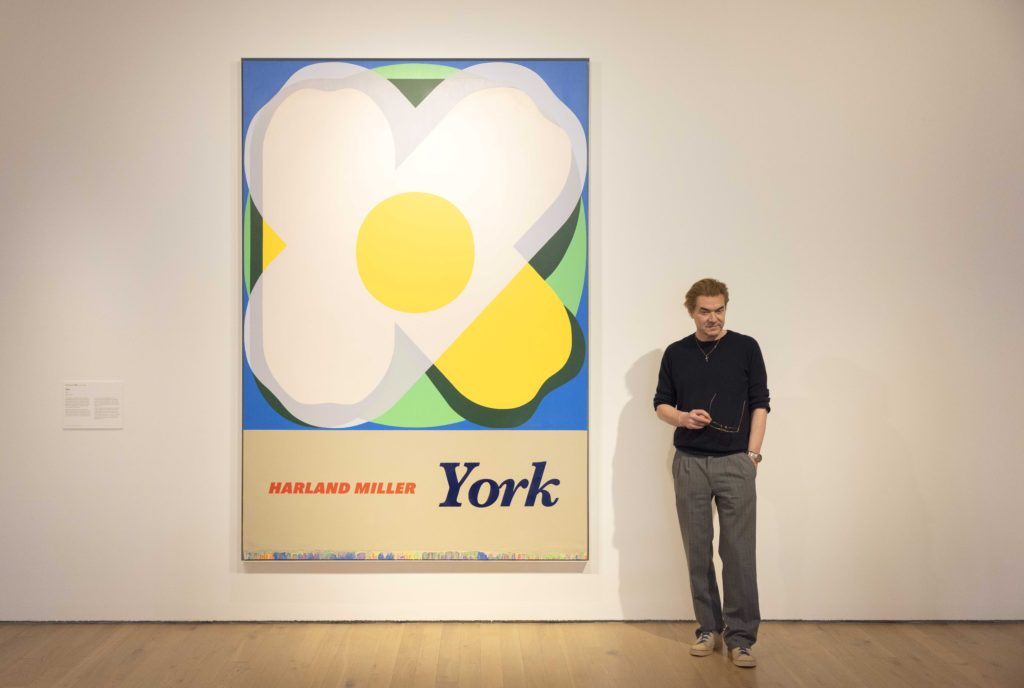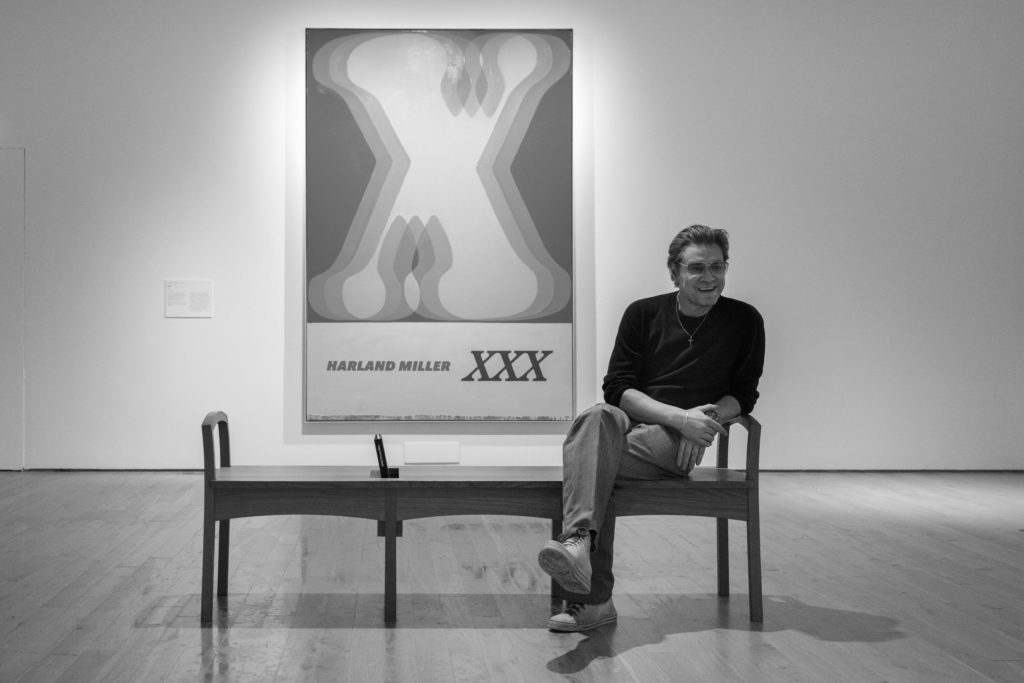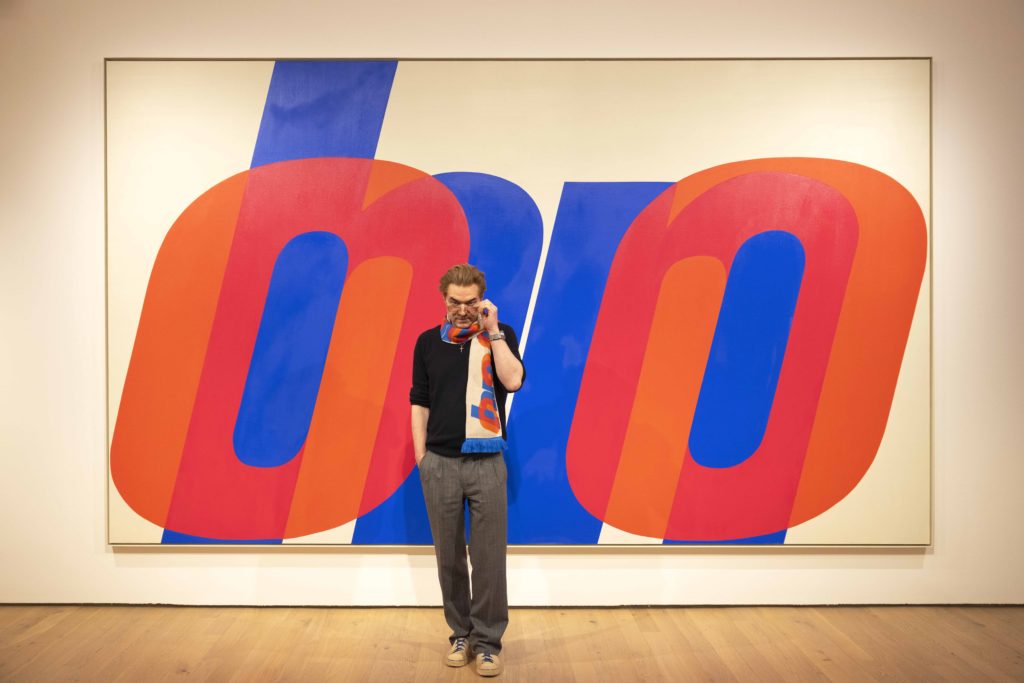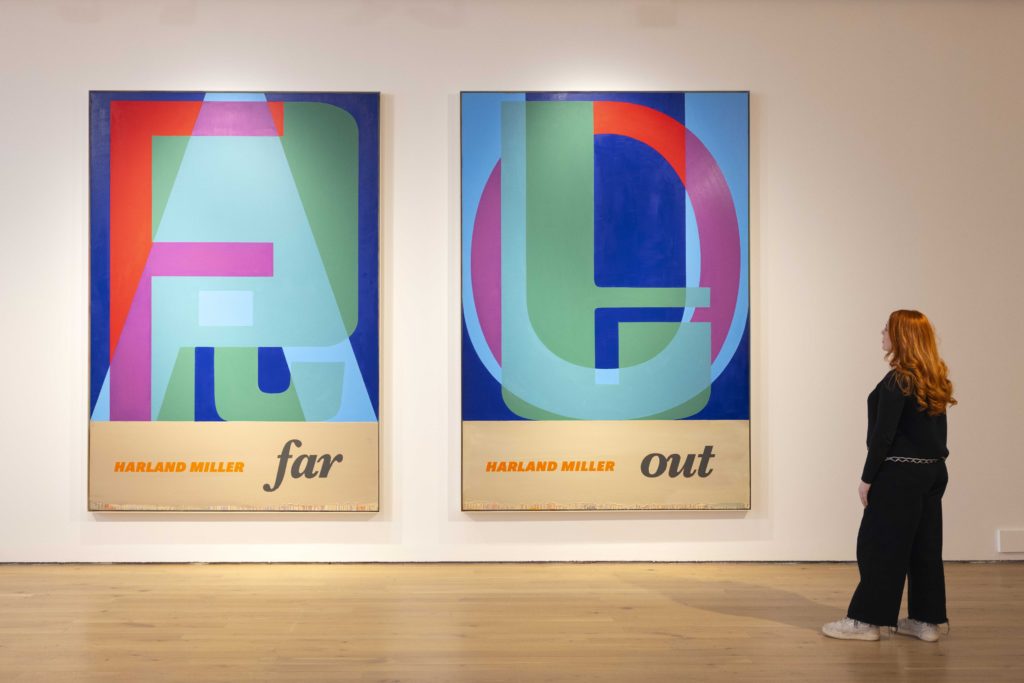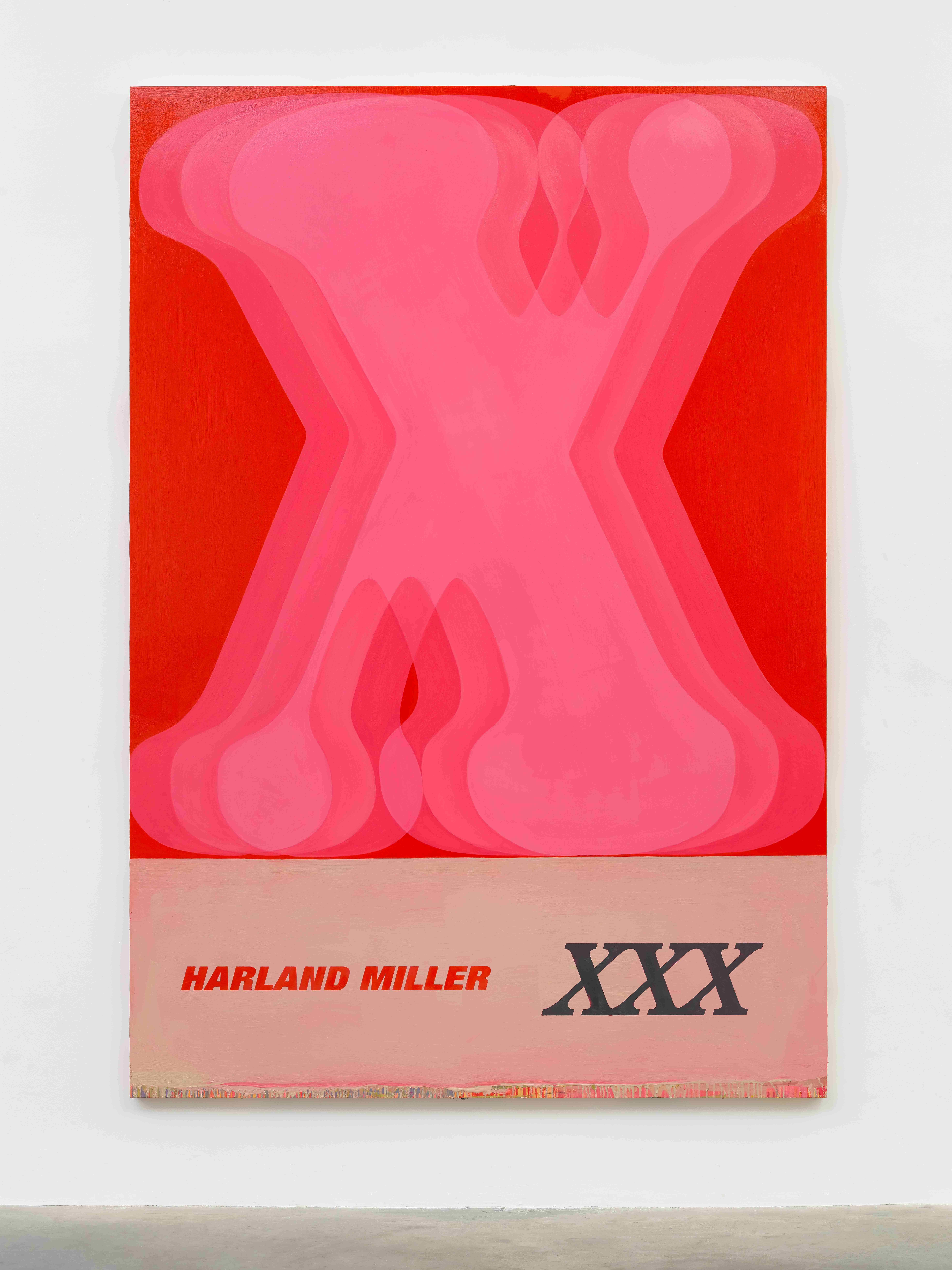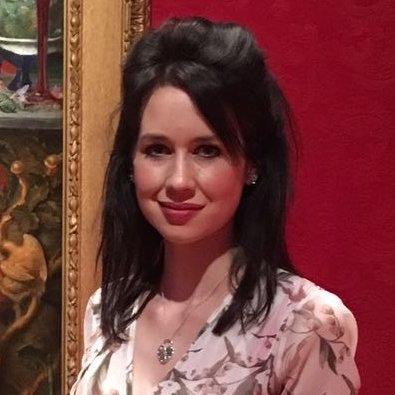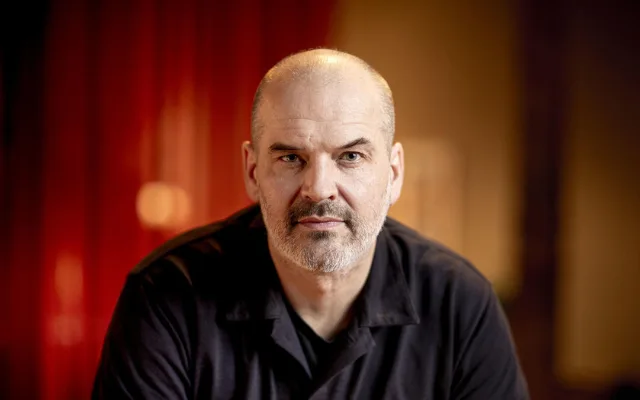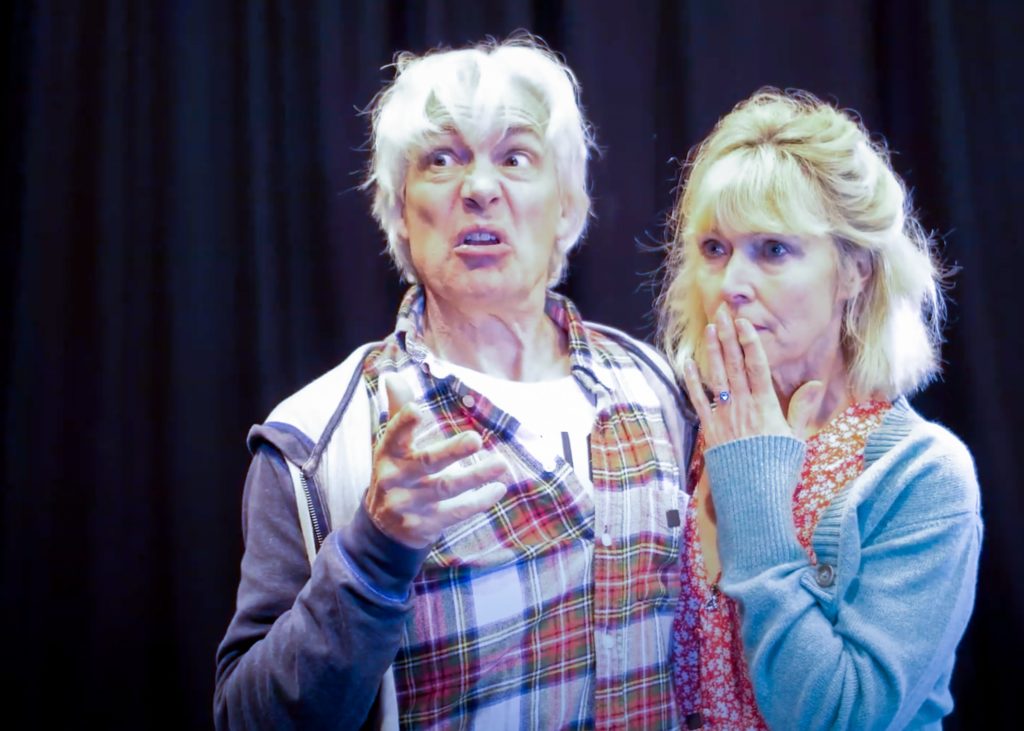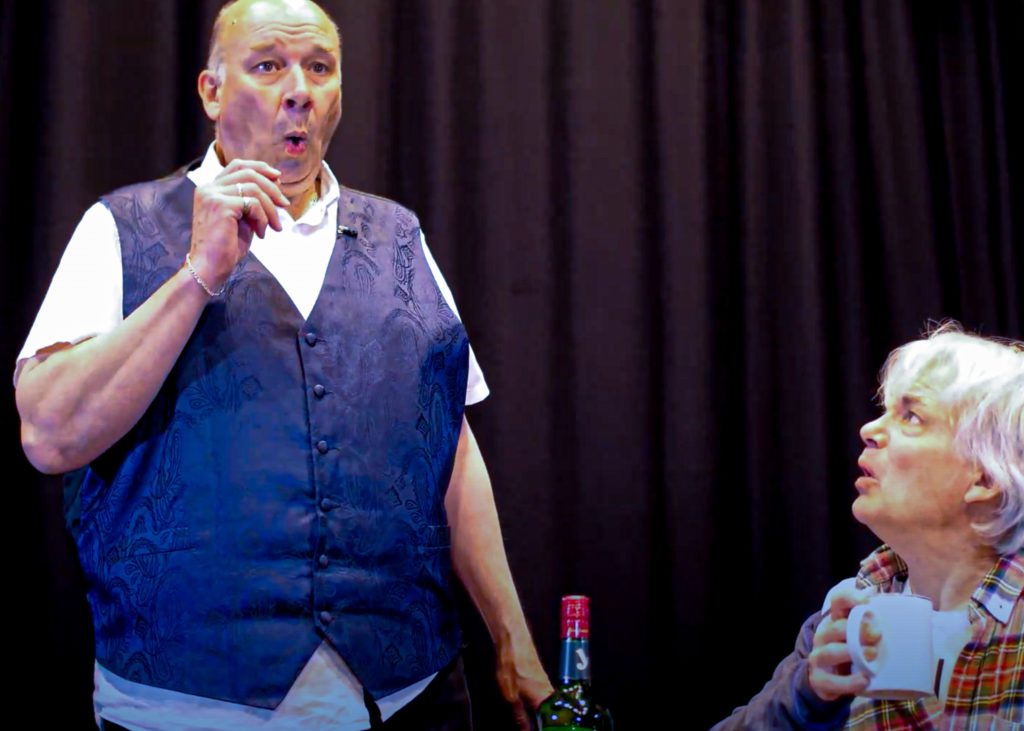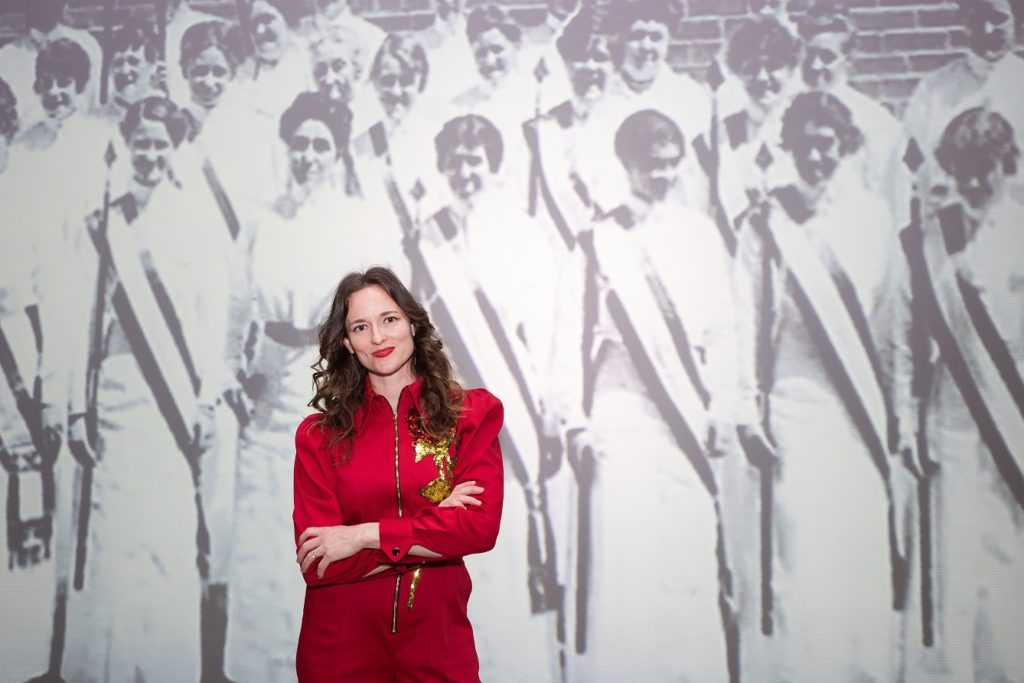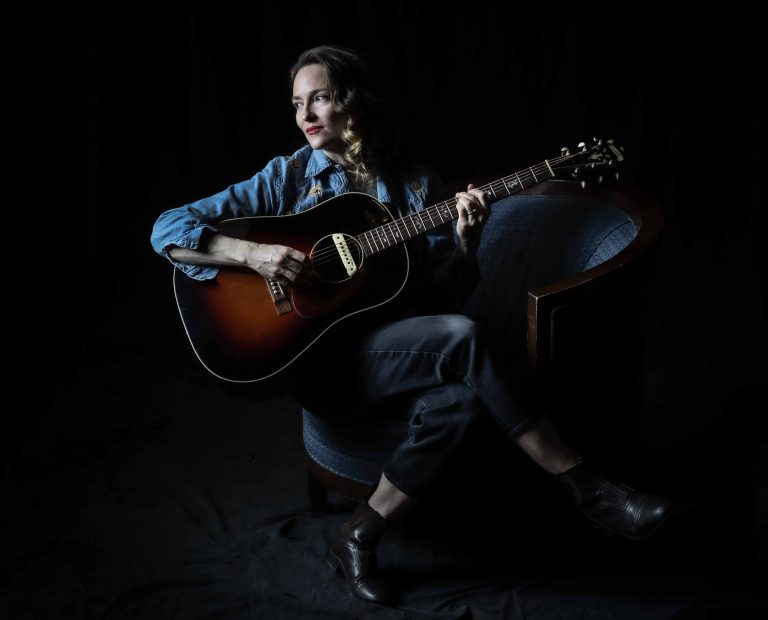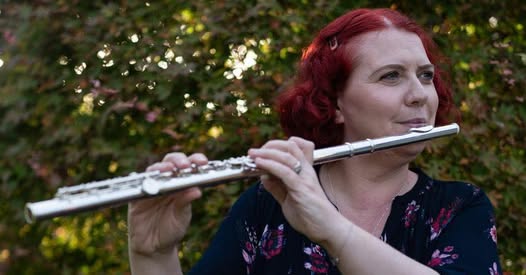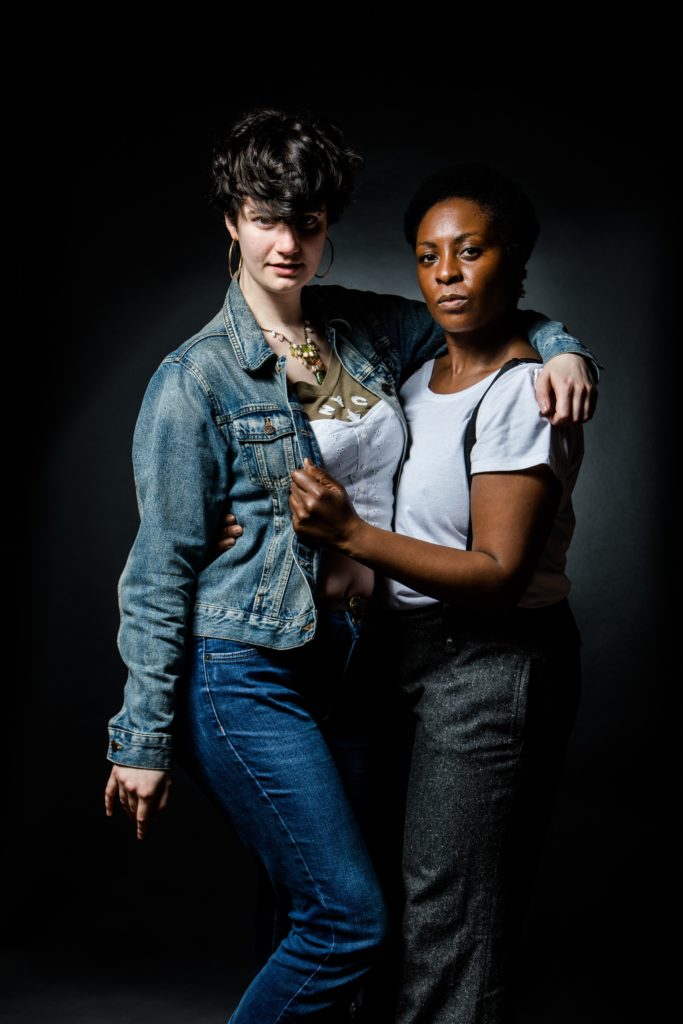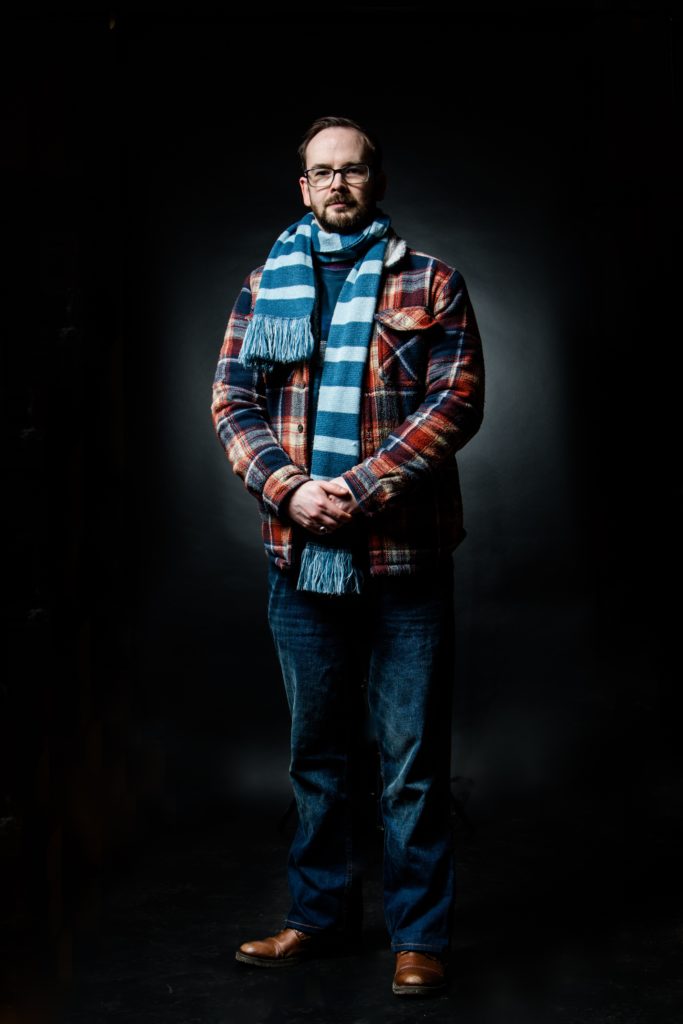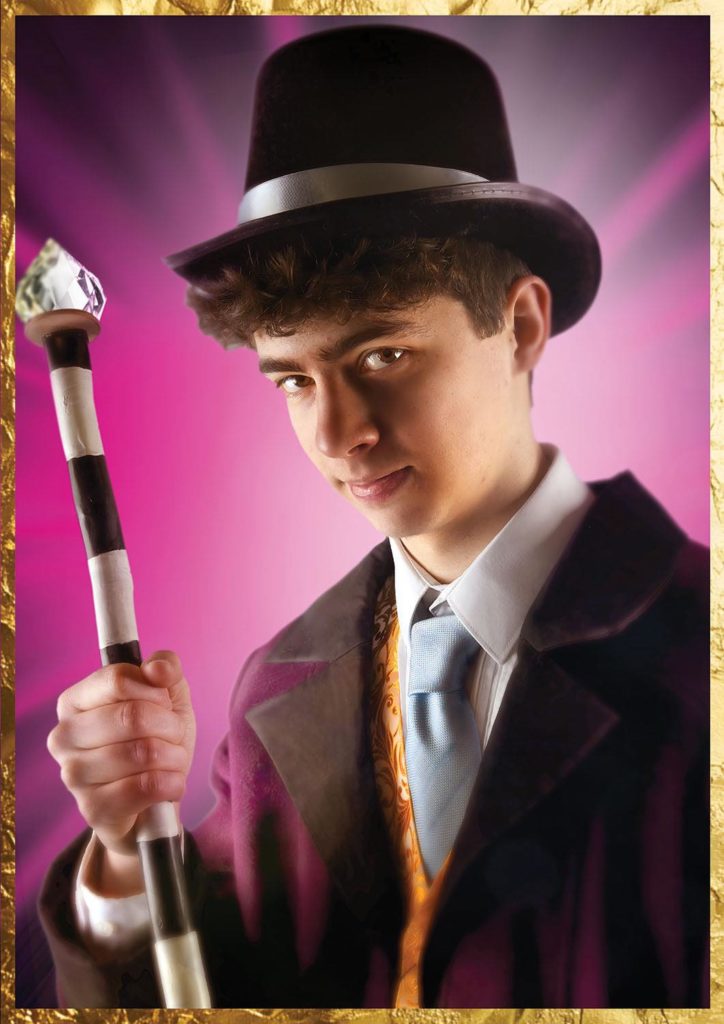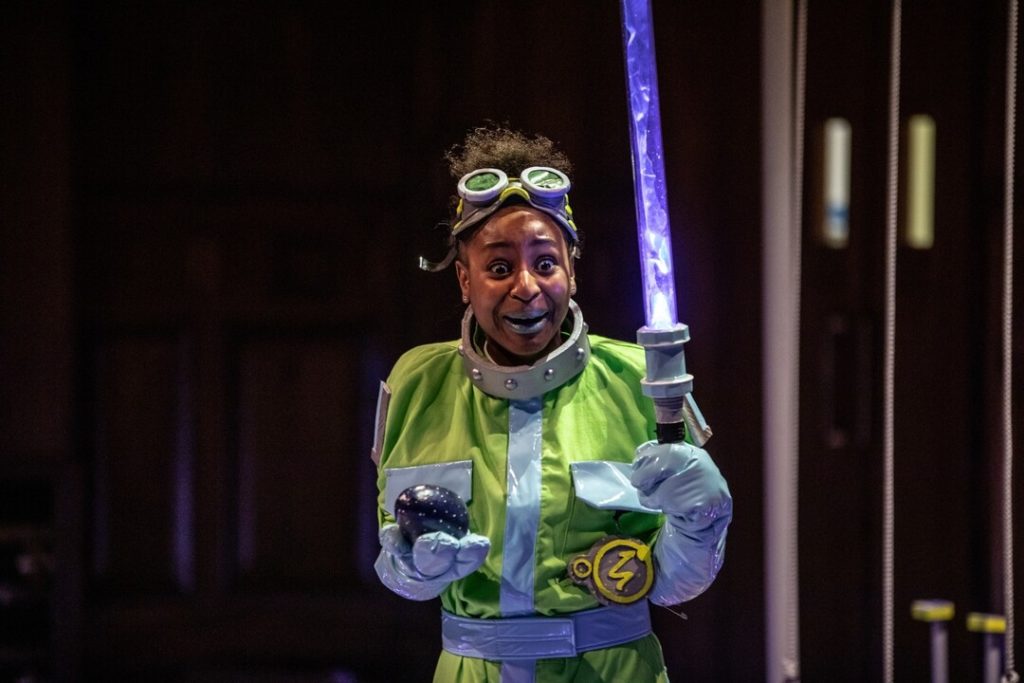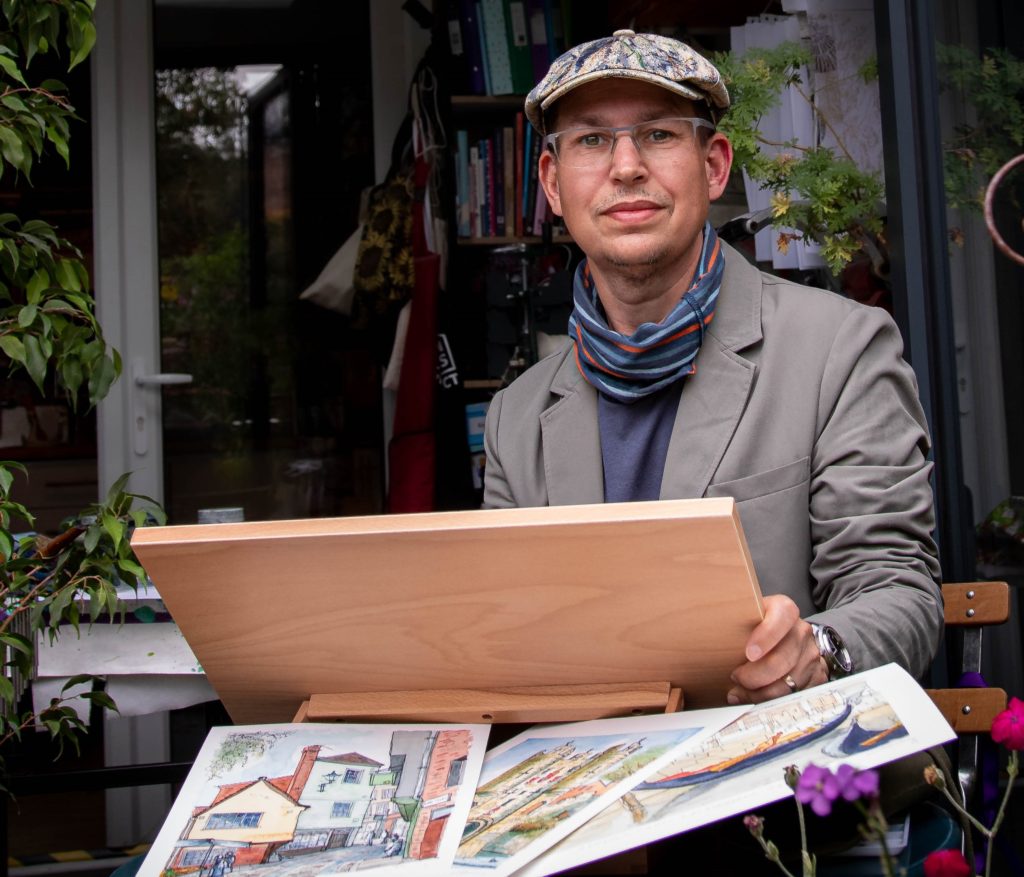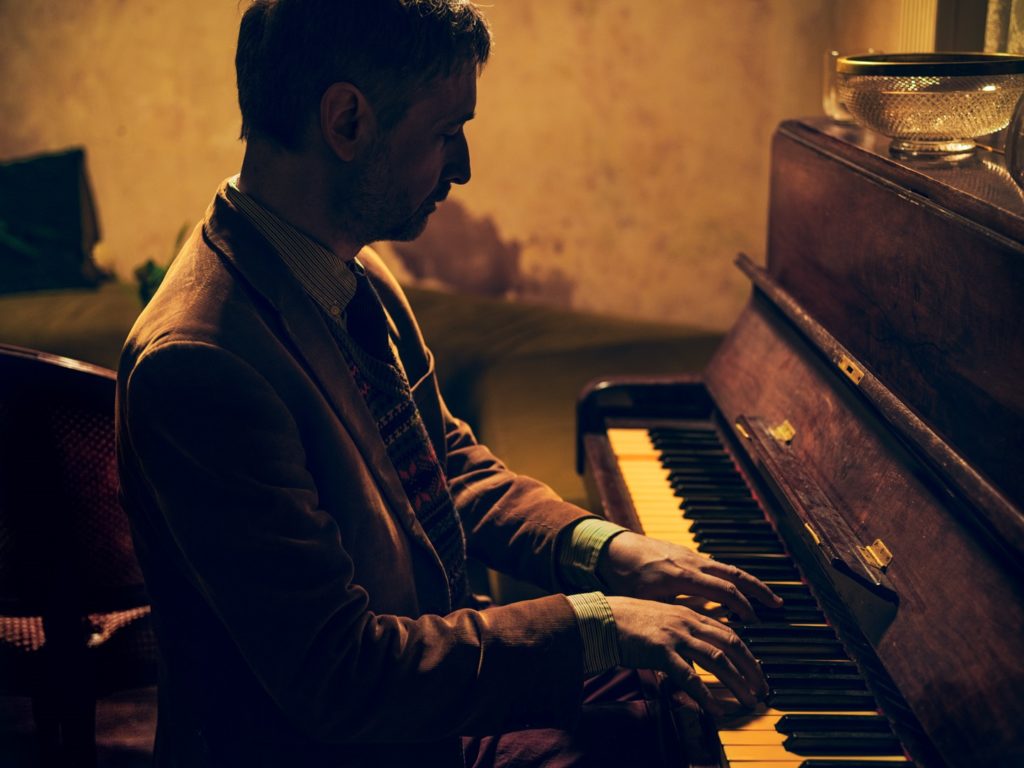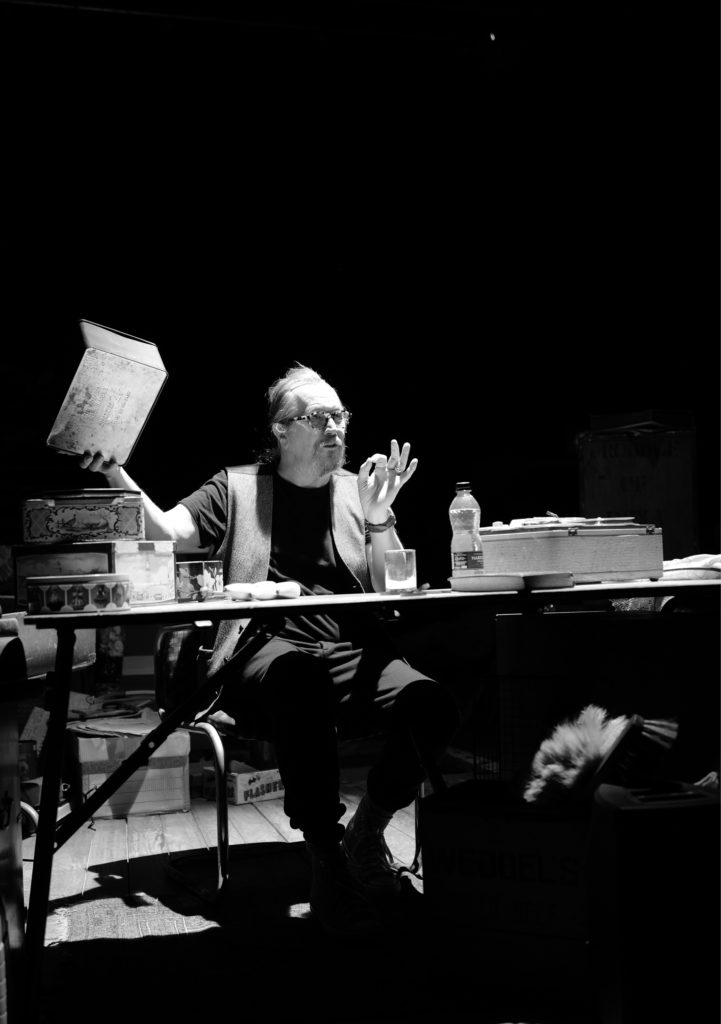
Gary Oldman in rehearsal for Krapp’s Last Tape, opening at York Theatre Royal on April 14. Picture: Gisele Schmidt
GARY Oldman’s return to York Theatre Royal tops the bill of Charles Hutchinson’s recommendations. Chocolate is in the air too.
York theatre event of the year: Gary Oldman in Krapp’s Last Tape, York Theatre Royal, April 14 to May 17
ONCE the pantomime Cat that fainted thrice in Dick Whittington in his 1979 cub days on the professional circuit in York, Oscar winner Gary Oldman returns to the Theatre Royal to perform Samuel Beckett’s melancholic, tragicomic slice of theatre of the absurd Krapp’s Last Tape in his first stage appearance since the late-1980s.
“York, for me, is the completion of a cycle,” says the Slow Horses leading man. “It is the place ‘where it all began’. York, in a very real sense, for me, is coming home. The combination of York and Krapp’s Last Tape is all the more poignant because it is ‘a play about a man returning to his past of 30 years earlier’.” Tickets update: New availability of returns and additional seats on 01904 623568 or yorktheatreroyal.co.uk.
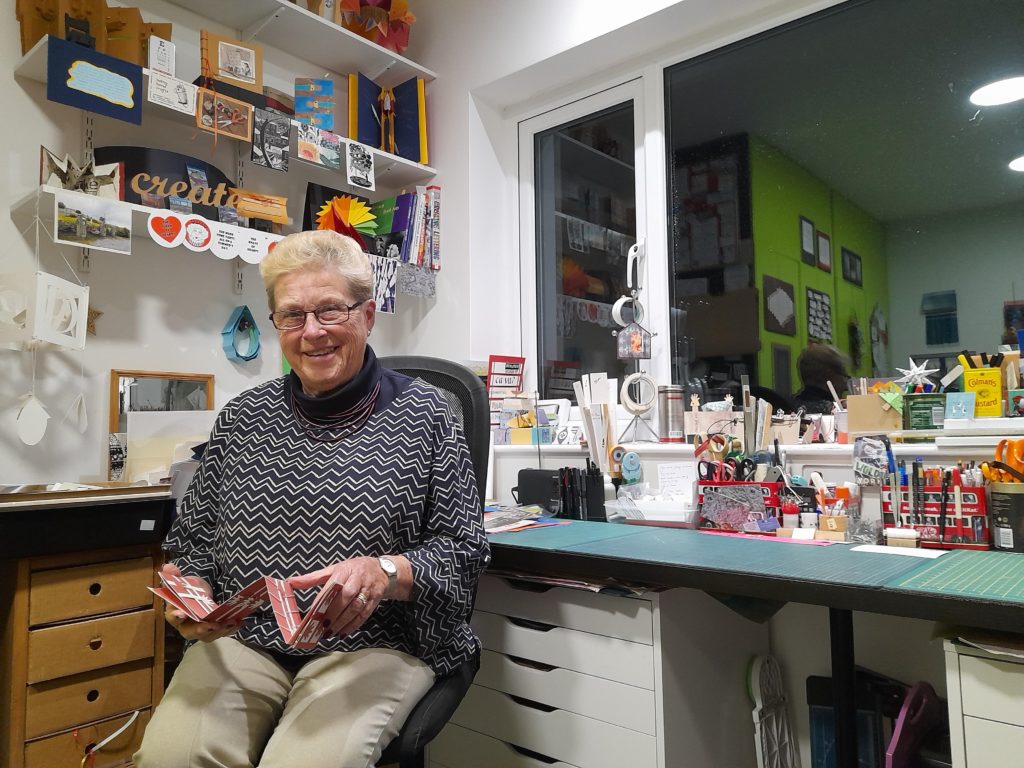
Margaret Beech: Making “paper magic” for York Open Studios in Oaken Grove, Haxby, York
Art event of the week: York Open Studios, Saturday and Sunday, 10am to 5pm
YORK Open Studios showcases 163 artists and makers at 116 locations in its largest configuration yet in its 24 years. Artists and makers, including 38 new participants, span ceramics, collage, digital art, illustration, jewellery, mixed media, painting, printmaking, photography, sculpture, textiles and wood, Full details and an interactive map can be found at yorkopenstudios.co.uk; brochures in shops, galleries, cafes and tourist hubs. Admission is free.

Wrongsemble: Performing Three Little Vikings, a tale of cooperation, bravery and making your voice heard, at Helmsley Arts Centre
Ryedale children’s show of the week: Wrongsemble in Three Little Vikings, Helmsley Arts Centre, Saturday, 2.30pm
LEEDS company Wrongsemble present a bold and funny adventure story for little rebels by Bethan Woollvin, creator of Little Red and I Can Catch A Monster.
Once upon a time in a Viking village, everything seems to be going wrong. Chickens are disappearing, trees are falling down. When the silly Chieftain won’t listen, can the three littlest Vikings figure out how to save the day in a 50-minute tale of cooperation, bravery and making your voice heard. Box office: 01439 771700 or helmsleyarts.co.uk.
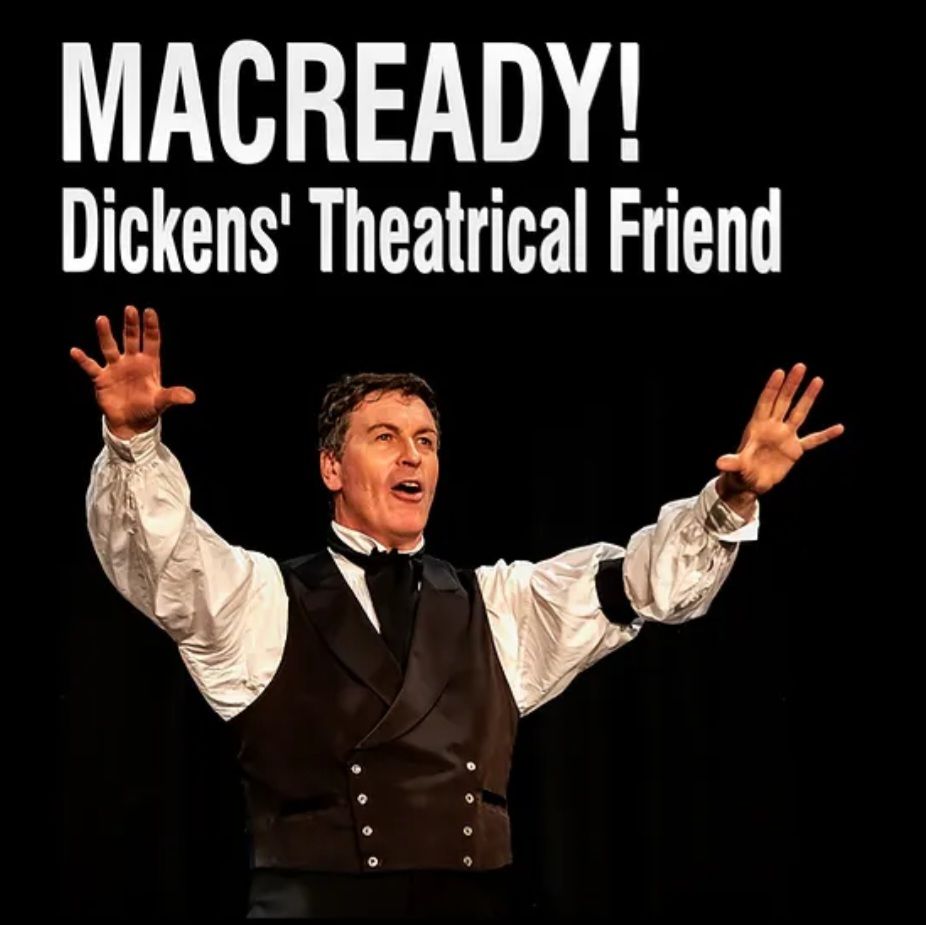
Mark Stratford in Macready! Dickens Theatrical Friend, on tour at Theatre@41, Monkgate
Dickens of a good show of the week: Mark Stratford in Macready! Dickens’ Theatrical Friend, Theatre@41, Monkgate, York, tonight, 7.30pm
WRITER-PERFORMER Mark Stratford’s solo play tells the story of Macready, the Victorian actor-manager to whom Charles Dickens dedicated his novel Nicholas Nickleby. Capturing the joy, graft and tribulations of a life lived in theatre with passion, humour, emotion and multiple characters, Stratford journeys through the fascinating world of Victorian theatre and the extraordinary, conflicted life of Macready, from his first tentative steps on stage in a tatty country theatre to his final Drury Lane performance. Box office: tickets.41monkgate.co.uk.

Musical of the week: Menopause The Musical 2 – Cruising Through The Menopause!, Grand Opera House, York, Sunday, 6pm
CARLI Norris, from Doctors, Hollyoaks and EastEnders, Maureen Nolan, of The Nolans, Rebecca Wheatley, from Casualty, and West End actress Daniele Coombe star in the final UK tour of this menopausal sequel.
Fast forward five years as the same characters set off on the high seas in this heartfelt, reassuring look at the “joys” of the menopause. Cue hot flushes, mood swings, memory lapses and weight gain on a bumpy trip of self-discovery, love and friendship, backed by a soundtrack of parodied hits. Box office: atgtickets.com/york.
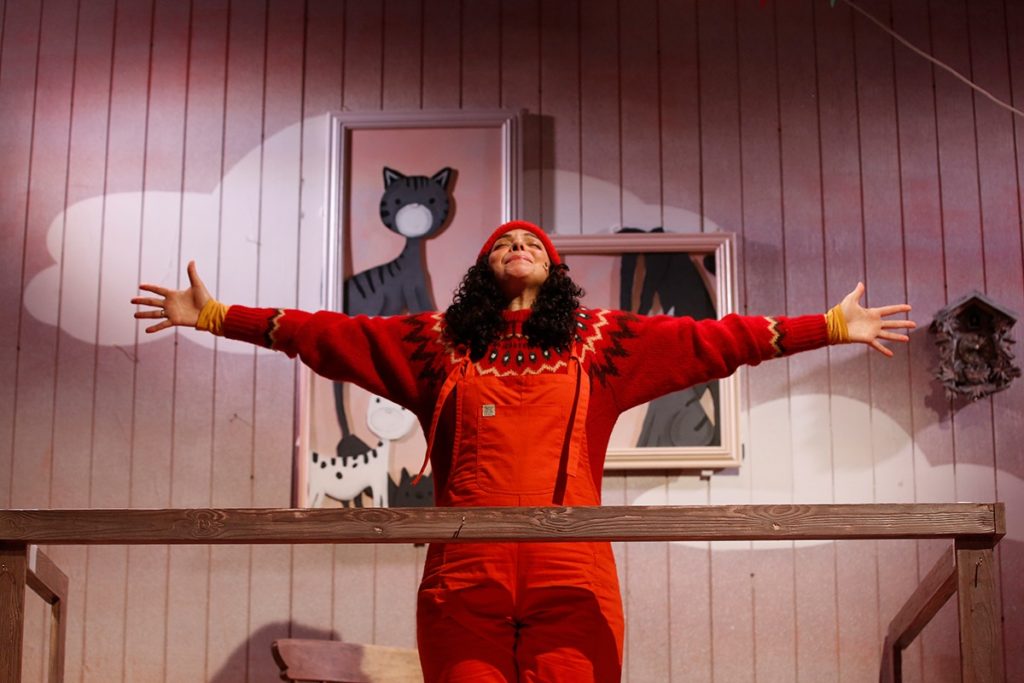
The Storm Whale: Returning to York Theatre Royal next week after its first plunge in 2019. Picture: Northedge Photography
Revival of the week: The Storm Whale, York Theatre Royal Studio, April 15 to 19, 10.30am and 1.30pm
YORK writer and director Matt Aston revives his 2019 stage adaptation of Benji Davies’s tales of loneliness, love and courage, The Storm Whale, in a show built on puppetry, original songs and dialogue.
Noi lives with his dad and six cats by the sea. One summer, while dad was busy at work, Noi rescued a little whale, washed up on the beach. A friendship began that changed their lives forever. The following winter, his dad takes one last trip in his fishing boat. Alone once more, Noi longs to see his friend again. Will it take another storm to bring them back together? Box office: 01904 623568 or yorktheatreroyal.co.uk.

York Chocolate Festival: City centre will be chock-a-block with chocs’n’eggs for Easter
Festival of the week: York Chocolate Festival 2025, April 16 to 20, 10am to 5pm
YORK Chocolate Festival showcases everything sweet and chocolate from independent businesses in Parliament Street and around the city.
Highlights include the York Chocolate Festival Market; Chocolate Taste Trail; Ashley McCarthy’s Chocolate Sculpture and Family Easter Egg Hunt. Entry to the festival and market is free; some activities and events require tickets. Full programme at: yorkfoodfestival.com/programme.

Showaddywaddy: Rock’n’roll revivalists standing under the moon of love at the Grand Opera House
Rock’n’roll nostalgia of the week: Showaddywaddy, Grand Opera House, York, April 17, 7.30pm
SHOWADDYWADDY make the bold claim to be “the greatest rock’n’roll band in the world”, living up to that title for the past five decades, they say.
Formed in 1973 in Leicester, they have sold more than 20 million records. Here come Hey Rock And Roll, Under The Moon Of Love, Three Steps To Heaven, When, Blue Moon, Pretty Little Angel Eyes et al. Box office: atgtickjets.com/york.

The Talkinator: Written by a human, performed by a human, Patrick Monahan
Comedy gig of the week: Patrick Monahan: The Talkinator, Theatre@41, Monkgate, York, April 18, 8pm
IN 2024, amid much talk of about AI taking over humans, only one man can out-talk the chat-bots and robots. Step forward Irish-Iranian comedian Patrick Monahan for one hour of stand-up comedy written by a human, performed by a human. Box office: tickets.41monkgate.co.uk.
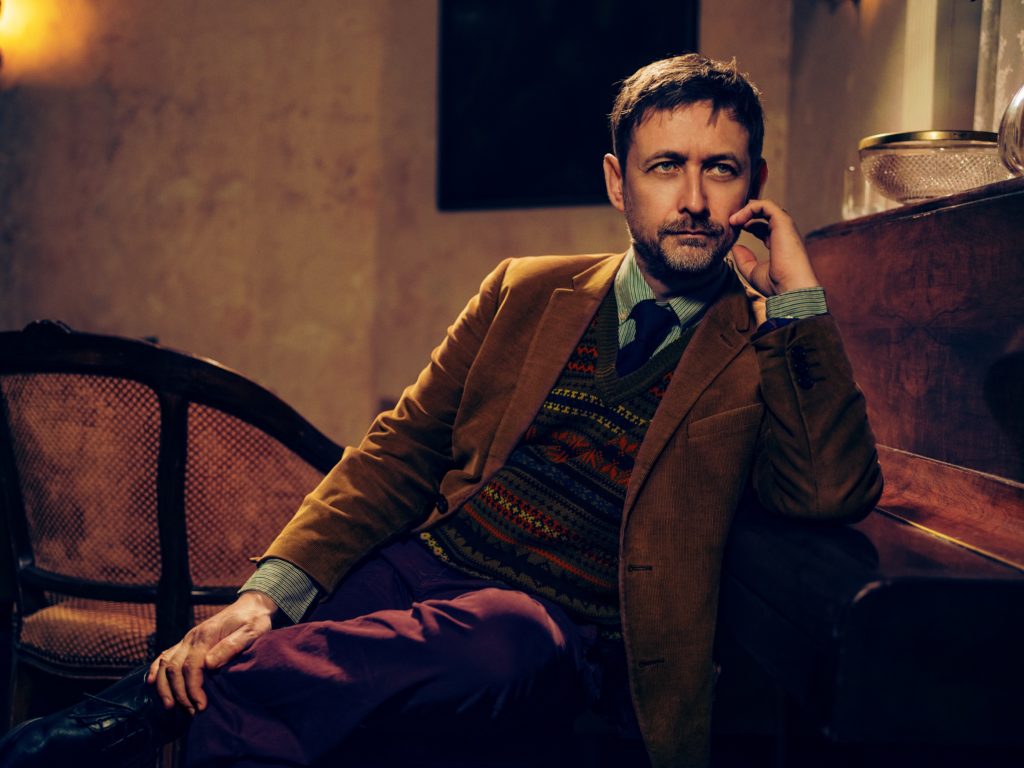
The Divine Comedy: New album and York Barbican tour date. Picture: Kevin Westerberg
Gig announcement of the week: The Divine Comedy, York Barbican, October 21
NEIL Hannon will promote The Divine Comedy’s 13th studio album, September 19’s Rainy Sunday Afternoon, on a 16-date autumn tour. Tickets will go on sale on Thursday, April 17 at 10am at https://www.yorkbarbican.co.uk/whats-on/the-divine-comedy-2025/.
Written, arranged and produced by Hannon and recorded at Abbey Road Studios, the album spans his usual range of emotions – sad, funny, angry and everything in between – as he “works through some stuff”: mortality, memories, relationships and political and social upheaval.
